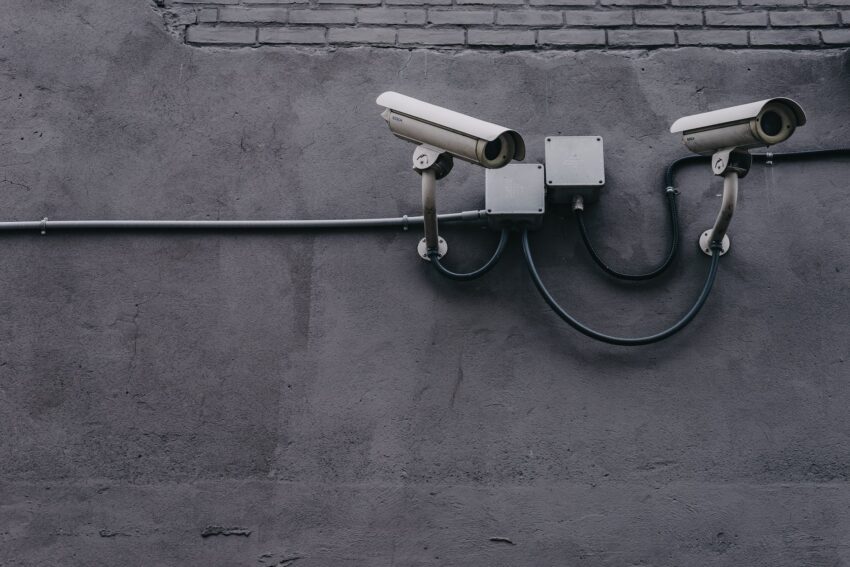For decades, the use of mind-altering substances has found a spot in the limelight. Whether it be the hippies of the 60s exploring consciousness or modern users seeking insight and healing, psychedelics have intrigued and affected people worldwide. As the stigma surrounding these substances begins to fade, it’s increasingly important to understand the safety and risks associated with them. Let’s dive into the maze of psychedelic substance use.
Psychedelics include a variety of substances, like LSD, magic mushrooms (psilocybin), mescaline, and DMT. These compounds alter cognition and perception, often leading to altered states of consciousness. Beyond recreational use, many individuals and clinicians are interested in their therapeutic use, with numerous studies exploring psychedelics and their potential benefits for mental health conditions like depression and PTSD. However, alongside these possible benefits, there are also various risks.
When we talk about the safety profile of psychedelics, the general consensus among medical professionals is that they pose a low risk to physical health. Many common hallucinogens are not associated with addiction or overdose deaths. However, as with any substance use, safety extends beyond physical health. The user’s psychological state and setting play important roles in the experience and aftermath. The common term for this consideration is “set and setting.”
The primary adverse effects of psychedelics are psychological. Users may encounter distressing hallucinations, anxiety, or panic during the experience, often referred to as a “bad trip.” These reactions are generally temporary but can be exceptionally distressing and, in rare cases, can lead to long-lasting psychological effects like Persistent Perception Disorder or even trigger dormant psychological conditions.
Considering these potential adverse effects, it’s crucial to approach psychedelic use responsibly. This is where harm reduction comes in. Harm reduction is a public health strategy promoting policies and practices that reduce the harms associated with the use of psychoactive substances. For psychedelic users, this could mean various things: ensuring they are in a safe, comfortable environment when using; having a sober, trusted friend as a “trip sitter”; or using tested, known substances rather than mystery pills or powders.
Besides, individuals with a history of mental health issues should be particularly cautious as psychedelics might exacerbate existing conditions or trigger the onset of latent ones. Before using these substances, it’s crucial to do your research and consider both the positive and negative consequences.
Though traditional drug education often pushes abstinence over all else, treating psychedelic use as a black-and-white issue misses the nuances and potential benefits. As research progresses, and as these substances potentially move into therapeutic contexts, an informed, cautious approach to their use becomes ever more critical.
So, is psychedelic use safe? Like many things, it depends. Physically, these substances are regarded as safer than many legal substances, but the psychological impact can be profound. For some, this might provide healing or insight; for others, it could lead to distress. Ultimately, responsible use and harm reduction practices are crucial components in safely navigating the labyrinth of psychedelic substance use.
In conclusion, like any substance, psychedelics come with risks. However, the key lies in responsible use with an emphasis on harm reduction and an understanding of its potential impact. With the ongoing research and decreasing stigma, the future of psychedelics rests heavily on the ability to comprehend their use, effects, and risks thoroughly.
Sources:
– Psychedelics
– Physical Health
– Adverse Effects
– Hallucinogens
– Set and Setting
– Harm Reduction
– Substance Use
